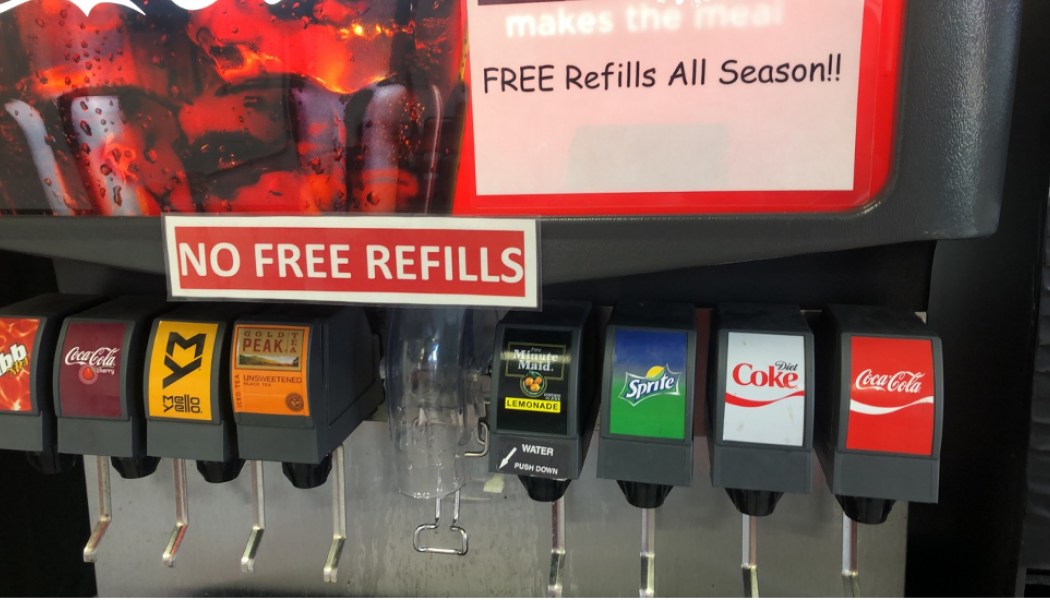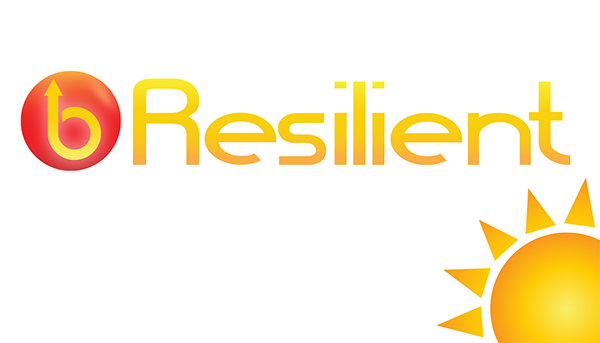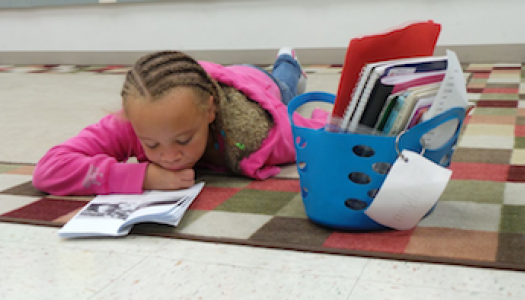
Allison Behne
On a short trip this summer we ate at a little cafe on the lake. When we went to fill our drink cups, the image above is what we saw on the soda machine. My husband asked the worker, “Are there free refills or no?” and the worker replied with a nod and a quiet “Yes.” Then, a few minutes later when he went to refill his drink, she told him it would be 25 cents.
Not one to let things go, my husband questioned her. “I thought you said it was free refills.”
She pointed to the sign and said, “No free refills.”
He pointed to the sign above that one and said, “Free refills all season.”
She said, “That will be 25 cents.”
At this point I was laughing and gave him a quarter. He was ready to argue but realized it wasn’t worth the time and battle for only 25 cents. So, we paid the small fee and went on our way, laughing and a bit confused.
Can you relate? Have you experienced a time when instructions are unclear? Sometimes what should seem simple just isn’t.
Even in the same industries, there are different expectations for behavior. Some restaurants have you seat yourself, whereas others have you wait to be seated, some have servers and others have you order at the counter, and some bring your food to you and others call your name or number. In health care, some urgent-care locations have you schedule online ahead of time and others are walk-in only. Some shopping centers have cashiers and some have self-checkout.
There is a lesson to be learned in this for us in the field of education. Systems and processes are ever changing, and when communication isn’t clear, it leaves room for confusion and misunderstanding. We must be clear about our expectations. Each year new students, staff, and teachers join our school families, and although we may be used to the way we do things, they are not. How we walk in the halls, line up for recess, proceed through the lunch line, dismiss at the end of the day . . . is unique to our school. We cannot assume anything. Instead we must respectfully communicate expectations and provide grace as these systems and processes are learned.
With time and practice, these processes will become part of a learned routine. And, while that happens, we want to help build confidence and consistency by providing clear explanations that encourage success. So next time a student forgets something they already know or they need clarification, work to avoid a mixed message and help guide them to a clear understanding.
News From The Daily CAFE
The Importance of Visual Literacy
Choice and an Abundance of Successful Work Spaces
Help For Students Who Abandon Books









